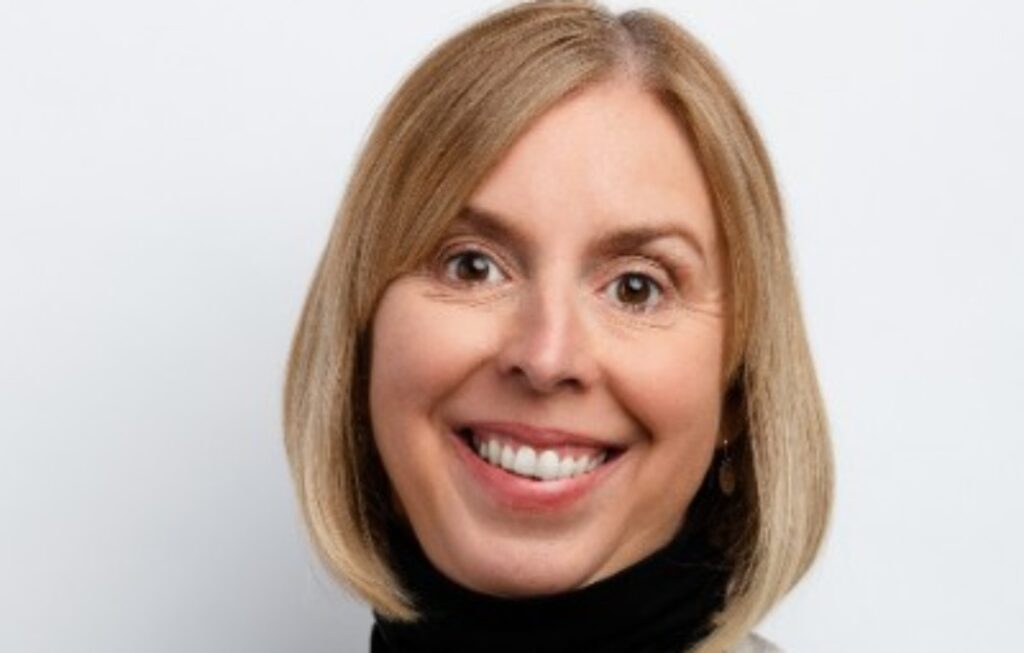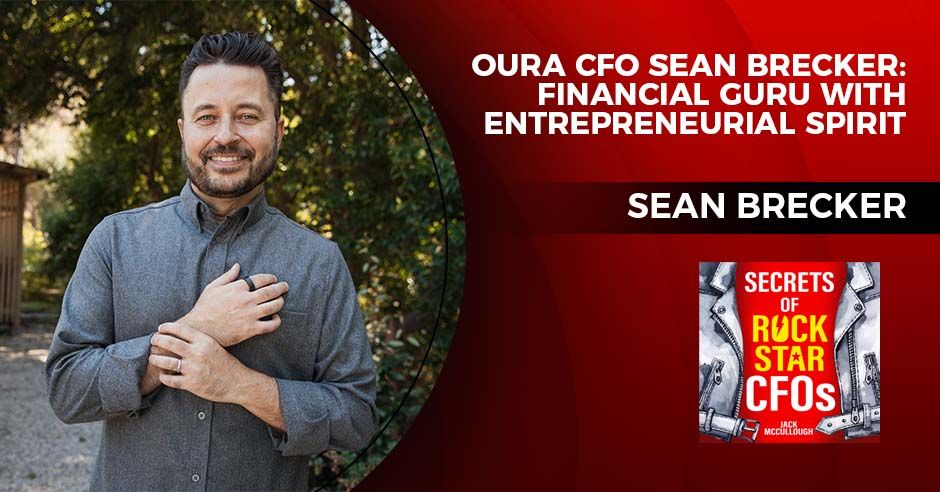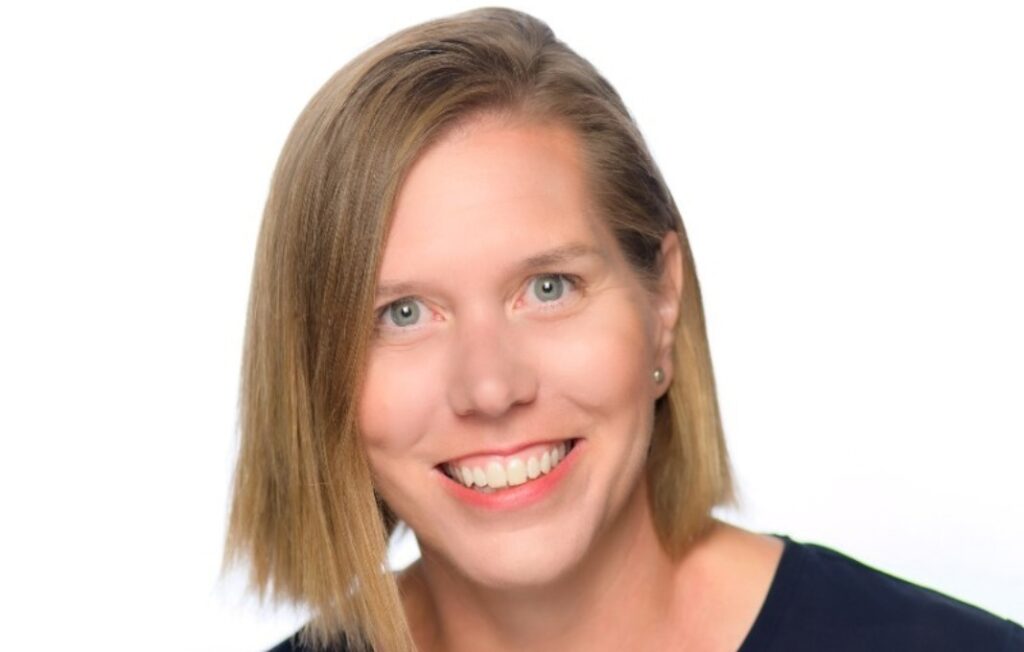History may well look back on Covid-19 as the catalyst that finally led companies to overcome longstanding hurdles and fast-track a spectrum of technological advances that made them quicker, tougher and better positioned for the future. Our sister publication, Chief Executive, convened a roundtable of savvy large-cap CEOs who got under the hood with their strategies for true digitization, forging the kind of culture necessary to realize it and shared how what they’ve learned from leading in 2020 will shape 2021—and beyond. Edited excerpts of that conversation follow.
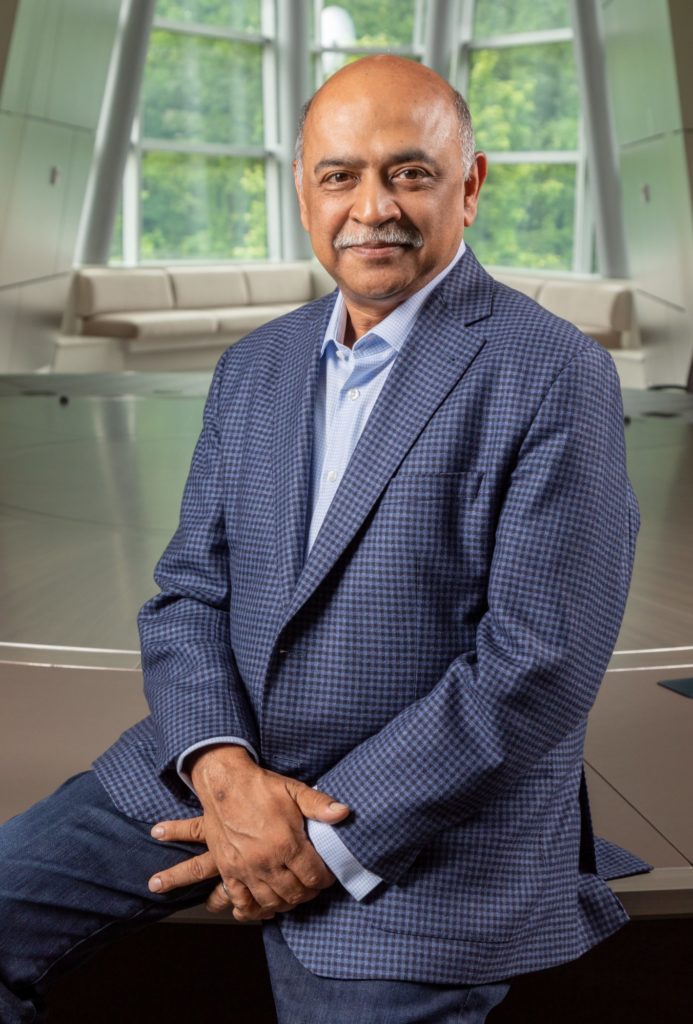
Arvind Krishna, CEO, IBM: Digital transformation is accelerating because we are in a triple crisis. We have the health crisis of Covid-19 that led to an economic crisis that has led also to the amplification of the social justice issues. These are accelerating three vectors of change. First, because we all went remote in mid-March, we are seeing a much greater acceleration of technology of all forms but specifically digital transformation because that has become the primary way we interact with our clients and with our employees. In our case, over 95 percent of our employee base went remote in mid-March, and it’s still over 80 percent, if I look globally. So, on digital transformation, we’re going to [deliver] 5-10 years worth of digital transformation in the next two to three years.
Second is the usage of cloud technologies. On a global basis, only 20 percent of enterprise workloads have moved to cloud, and, if you look at regulated industries, it’s about 10 percent. That can go a lot higher, and the business value unlock can be a lot more. Is it 40 percent, 50 percent? We can debate where it’s going to end.
The third transformation is around data and artificial intelligence. The amount of data we all produce is exploding. How do you take advantage of all that data to unlock it, to give great insights back to your client, to give insights back to the economy? Are you going to monetize it? All these questions are there, and the only technology we have on the horizon that can unlock that value is artificial intelligence. I think it was PwC that put out an estimate that artificial intelligence can be $16 trillion worth of productivity, not the technology costs, productivity improvements, but rather real business improvement over the next decade, but we are only 4 percent of the way into that journey.
So, if you look at those three vectors, just to keep it simple, how fast are we going to go on digital transformation?
Brian Moynihan, CEO, Bank of America: The key aspect at the start of this is the customer and the change the customer has gone through. If you’re dealing with consumers, you can’t get ahead of them. We always tried to follow a path that led to deploying more and more things to help them along. We did it by studying what consumers are doing and platforms that may not be financial services platforms but other platforms and how to apply that. The second thing was the scale we had to have to ensure that the experience was what it was supposed to be. You can’t discount that because when big companies make massive transformations, in our case, 60 million customers, if you aren’t ready to support that scale, then you blow it. I remember sometimes our mobile would go down and people would really get upset and say. “You asked me to do it this way and the thing doesn’t work.” So, you had to be ready to support the scale, and then you had to be able to dismantle the systems to make them less complex so they could operate.
When you pick up the Bank of America mobile app, there are 110 systems behind that that you’re touching. So, 60 million customers times all their accounts times a specific transaction into 110 systems. Think about that amount of data and storage and the speed of which the network has to move.
That’s what we did. We followed the customers, we kept making it more simple, we kept thinking about how to make it more natural. And, after coaxing people along for years, in the last six to nine months we’ve seen people use mobile deposit with checks who never had before because they really had no choice. You weren’t going to get in your car, drive down and walk in that branch when you thought everybody else around you was infected. We went from 5 million mobile users, probably, in 2010 to 30-odd million today. So, it’s been a heck of a ride.
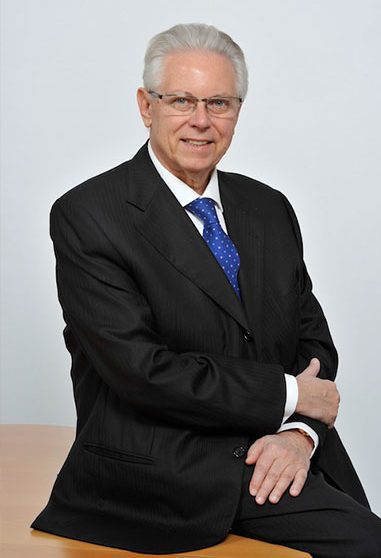
Stefano Pessina, CEO, Walgreens Boots Alliance: The customer is more empowered. In the past, companies were inclined to think about what, according to them, was best for customers, and the customers would follow. Now, the customers have a lot of information. They have the ability to decide by themselves. This means that you have to understand what they want and follow their needs.
The concept of the traditional store will not work in future. We had to work to transform the company and to invest a lot in technology in our company here in the U.S., working with a very traditional company, a great company with great people and great locations but with severely obsolete technology. The basis, the IT was 30 years old. So, we had to make an enormous effort to rejuvenate everything, to start from scratch practically and build the new technology [to deliver] what the customer is looking for. After a year, now finally we can start to see what we have done, that we are much closer to the customers than we were before and will continue to be closer and closer to them.
Krishna: What Brian began with is “think of your end customer,” your end customer is going through a Covid-accelerated journey. He pointed out something that I’m always reluctant to say but which is the absolute truth, the problem is connecting the back end systems because you’re not going to go rewrite every one of those 110 systems that he referenced, but you have to make it simple for the end user who couldn’t care if there’s 110, 210 or 5. They just want to complete their transactions.
The hard truth is you’ve got to connect your existing systems because nobody is going to sit and rewrite every system from scratch. Nobody has the five years to pause and do that. That being said, it’s also important to understand what 10 percent, 20 percent, 30 percent you will rewrite because the benefit for that on delighting your end user and your employees is so incredible. And which ones are okay to leave because they’ll atrophy out in the next three-four years? That’s the balance point you’ve got to find in all of these technologies.
Also, you’ve got to do it in the lens of your business because a bank is different than a retail pharmacy, which is different than somebody selling to small merchants. I’m not sure there’s a one size fits all in terms of take these 14 applications, knit them together, and you’re done.
STAYING IN SPRINT MODE
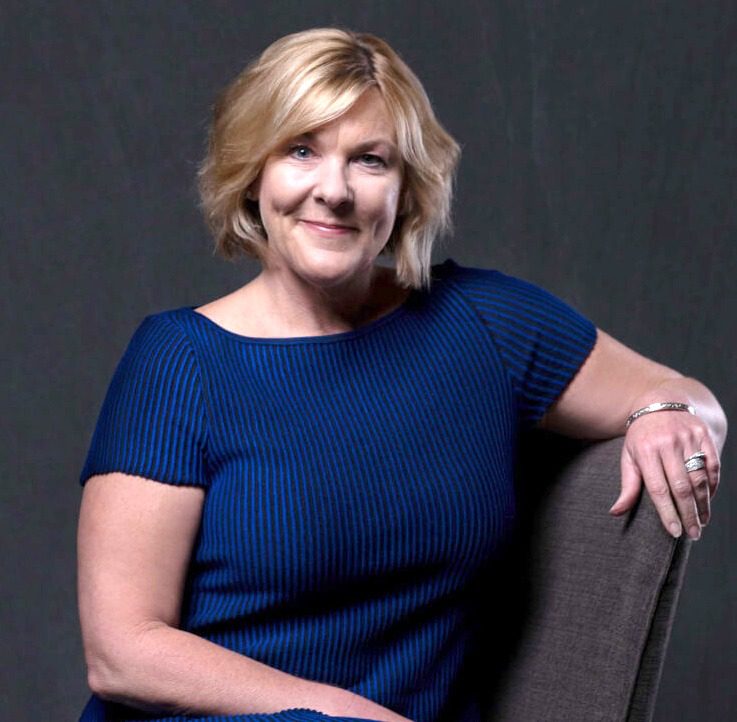
Tricia Griffith, CEO, Progressive: We’ve always considered ourselves a technology company that happens to sell insurance. We have different generations of how customers want to buy their insurance—people who want to go to agents, some who want to call direct, some who want to go online. Seeing what we were all able to achieve in the middle of March, I’m pushing towards much more urgency to give even the older cohorts the ease with which to do insurance transactions on their mobile devices because it just makes sense.
We’re seeing a lot of different trends and watching. My biggest thing right now is really to not lose the sense of urgency when we get out on the other side of this but rather reimagine how our companies can be different from a technology perspective and really be able to use that to gain market share and to reduce costs.
Marc Lautenbach, CEO, Pitney Bowes: Often, the question gets posed, how do you digitally transform your company? But CEOs tend to think about it in terms of customers and markets and value. The technology, the digital technologies, the mobile technologies tend to be a means to an end as opposed to the end in and of itself.
It’s a subtle but really important difference because companies that transform tend to have, almost 100 percent of the time, a view of a market that they want to evolve to, it’s, “I want to move from mainframe to cloud,” or, “I want to move from this to that.” The technology ends up being an enabler.
That’s certainly what we found at Pitney Bowes. I think what the last six months has demonstrated is regardless of how fast we think you can move, you can move even faster when you have to.
Moynihan: To follow up on that, smaller companies may now be encouraged to go ahead and go for broke because they saw customers move faster than they thought, employees move faster than they thought possible. It will be interesting to see how that shakes the competitive dynamic in some industries.
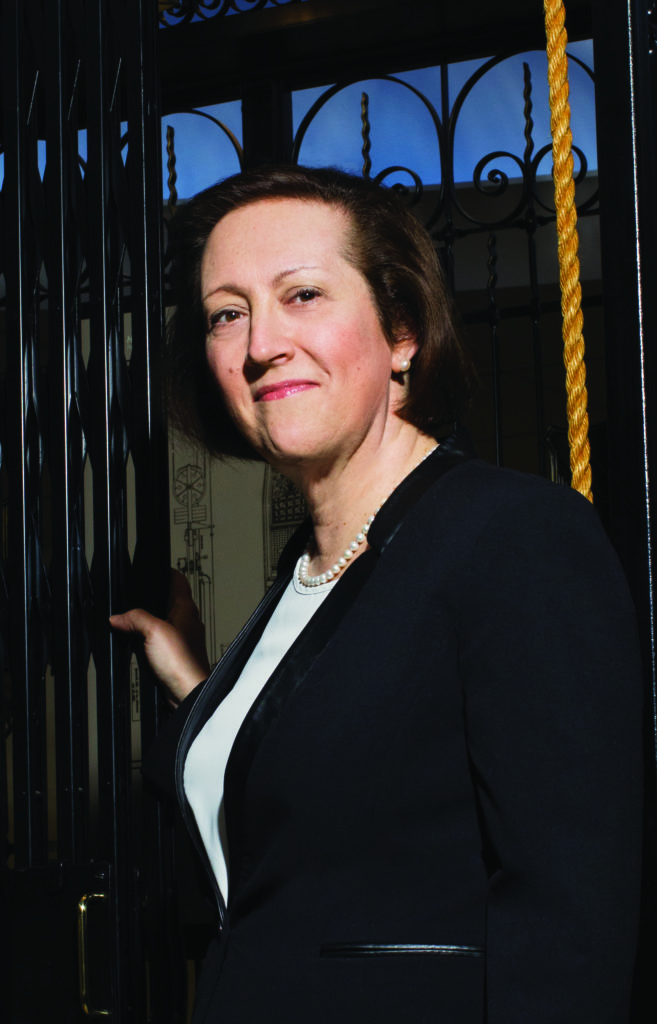
Judy Marks, CEO, Otis Worldwide: We’ve all experienced probably an exogenous vector called Covid that has really digitally impacted how people think about their own health. And in our case and the case of a lot of companies, it’s their health, their air quality inside a building, inside their residences, not wanting to touch anything and technology being able to provide instantaneous solutions to that.
Those new technologies have to be available quickly, and they have to provide critical information, in our case, to passengers and building managers so they can make real-time decisions on are they going to walk into that elevator and go up into that office.
That’s something that’s not going away, whether it’s post-Covid or whatever is coming next. Society has been impacted, and the demands we’re seeing really are driving towards better technology integrated but more real-time information so people can make their own choices.
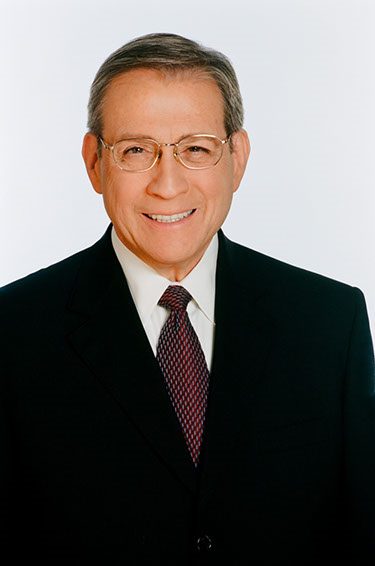
Michael Neidorff, CEO, Centene Corporation: We have a product, a system that looks at all 25 million lives that we cover every night in about five minutes. This is a digital age. It has a five-year record of their health and their treatment. And let’s say somebody’s potassium is off in a test they just had done, the algorithms are there to notify the doctor that there could be a cardiac event pending before he’s had a chance to get the record.
Another example is precertification of certain procedures; it’s taken as long as 18 minutes to pre-authorize. We have developed the algorithms to do a pre-authorization in just seconds with digitalization. So you end up with a patient getting care faster and a doctor delighted that he got that authorization that fast.
Pessina: You spend practically all [your] time in the different offices trying to talk to people with all the precautions, with the masks, with the sanitizing, but you have to keep a constant dialogue otherwise you cannot keep the company together. The first time that you do a virtual gathering, a virtual town hall, people may be a little embarrassed or they may not react very well.
But after a few weeks, these become normal. People are happy to have a virtual town hall, and the interaction becomes stronger and stronger and more participative every time. So, the human being is always able to adapt to everything, and we will learn how to live with Covid-19. It will take many, many months for sure even when we have the vaccine. So, people are probably accepting these changes and slowly, they are adapting to them.

Alan McLenaghan, CEO, SageGlass: Never before has a purpose of an organization been more important, to unite people and to constantly remind people of why we are here beyond their day-to-day responsibilities and jobs, that the purpose of the organization is very clear and allows to unite. At the moment, throughout the world, the politicians and the leaders have not been [inspiring] trust from people. I think they look to us more now than ever before, as business leaders, to allow them to unite again together, to have a sense of purpose in what they’re doing every day.
So being in connection with them, whether it’s physical, virtual, constantly talking about the purpose of what we’re doing, why we’re doing it and giving them guidance on how to react in these situations has been a wonderful opportunity for companies and CEOs in particular who, let’s face it, normally get quite a bad rap. We are people who can be trusted at the moment more than many of the sources of information that our people get.
Griffith: I totally agree. People don’t see leadership anywhere in Washington so they’re looking to us. And leadership through diversity and inclusion, leadership through Covid, leadership through, “Hey, how are we going to grow the company?” This might mean even more opportunities. I’m with my team all the time talking about the next five-year plan. We’re not paralyzed by, ‘Oh, my gosh, when are we gonna go back?’ We keep extending that because we care about the safety of our employees, but it’s really about how do we reimagine a better company, and people get…we get excited by that.
Krishna: I’ll build on that. You use the tools at your disposal. There’s mobile, there are technologies around video, multiuser messaging, Slack or Teams, take your pick. You can use all those to be a lot more transparent and authentic. And then, when you don’t have answers, it’s okay to say, “We don’t have answers to this. There is uncertainty.”
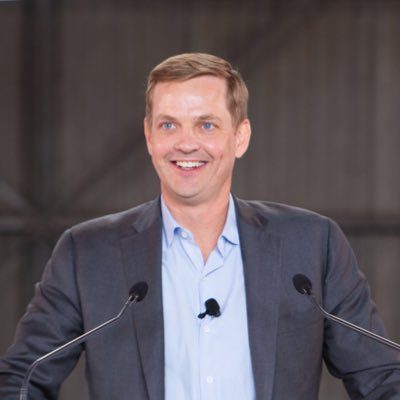
Nelson Griggs, President, Nasdaq: I think we have more information now about our teams than ever in terms of getting very specific in our questionnaires to employees about what they want. And some really like this environment, quite frankly, and don’t want to change it. The technologists to a large degree don’t want to come back; others are dying to come back. So, the idea that we can tailor different opportunities for our employees, to find a more productive way to work and more enjoyable way to work… it does feel like there will be different scenarios we all have to plan for to make this effective.
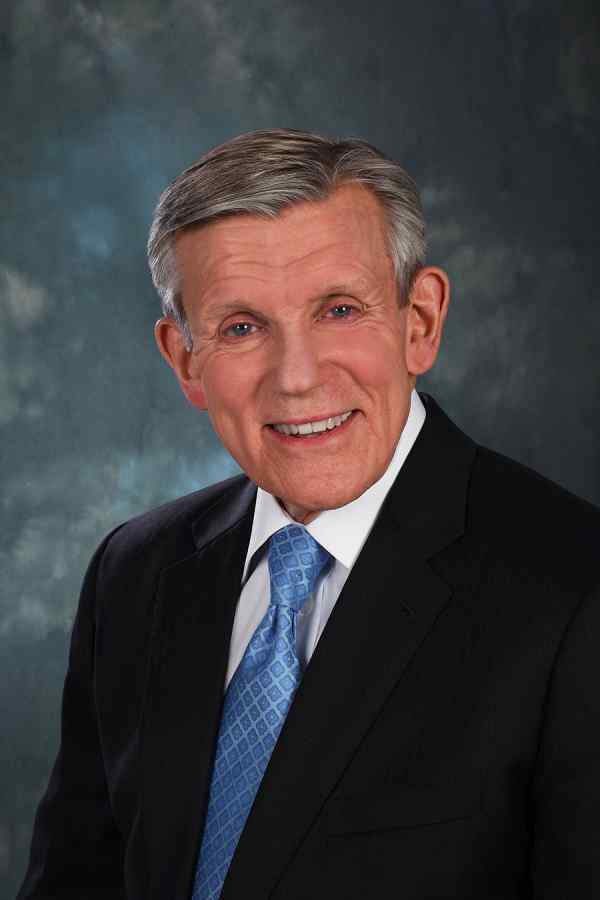
Nick Pinchuk, CEO, Snap-on: More than half our people are direct workers. They work [in factories] every day. So, you have them and then you have the white-collar people, about 75 percent of them are working at home sheltering in place. I don’t think the idea of digitalization is particularly challenging in this environment. What’s challenging is to keep the people together, to have them feel like they’re part of the enterprise.
For the truck drivers, the factory workers, the warehouse workers who can’t work from home, you have to be sure you tell them that they are doing it for a purpose. They’re actually keeping our society from disintegrating. These are the people who are keeping the place, our society, moving. You buy a roll of toilet paper, it’s vended to you by a grocery clerk who can’t work from home, delivered by a truck driver who can’t work from home, loaded by a warehouse worker who can’t work from home and made by a factory worker who can’t work from home.
As CEOs, we have to keep those people aware that they’re doing something really special. They’re taking more risks. And for everybody else, you have to worry about making sure that they feel part of the corporation, that they see it’s in their self-interest. Part of that is making sure they’re safe. So, in the factories, we work hard with distancing and masks and contact tracing. Fortunately, we haven’t had so much of a problem. And we try to tell the people at home, “Okay, you’re working from home now. We don’t see you every day. But when all this goes away, you’re still gonna be part of Snap-on.” Because what you need going forward, particularly for digital transformation, is to get those people working in their individual natural workgroups to figure out how to use digitization to make their jobs better. We’ll need their enlistment when they come back, so you have to give them purpose and self-interest today.
McLenaghan: Nick, I recall a story many years ago, a friend who ran a power plant in Europe. And he described the control room operators as the guardians of society. And his logic was simple: how many days after we run out of power before society falls apart? Now, it was overplayed, but it certainly makes you think of the value and the purpose that we all bring to our jobs. We don’t just monitor the voltage on a particular transformer. We are providing something for society to function, and every single one of our companies provides a piece of that, the uniting of people behind that common purpose to me it has never been more important or opportunistic for us to get a great sense of a collective being within an organization.
Pinchuk: Right. I believe the CEO’s principle job is to create belief, actually.
Marks: Technology can be a great equalizer. Seventy-five percent of Otis’s workforce is essential and has been out in the field or in manufacturing since the day this started. So, our concern is to not create a dual-class society. Some of you talked about white collar versus blue collar, and we couldn’t have our business without our field professionals. What we’ve decided is to use technology investments to make sure we’re not just talking about hybrid and remote work from home or any of those, it’s all about how we make sure everyone benefits from this.
We’ve decided to invest more in the technology that can support our field professionals, be it IoT, be it mobile apps, etc., so that every one of them who since January has continued to go to work every day and keep hospitals and infrastructure running knows we care, too—that they are part of this bigger purpose, and we’re not forgetting about them and the fact that they have no choice.
OFF-SITE ONBOARDING
Moynihan: One of the things that’s been on my mind is creating culture among young people. Think about the people you hired a year ago—they had six months in the office and six to eight months out. And think about the cohort we just hired. They’ve never met their boss [or been in] the office. For the cohort that’s two years in, it was a year and a half-ish to a half year. So, we flipped around to look to, if they feel comfortable, get those teammates back because if they go two or three years without ever having been in a culture of our offices, that’s going to be trickier than somebody who has worked for 30 years. How do you get them to understand the culture if they’ve never met their boss? It’s kind of an interesting question.
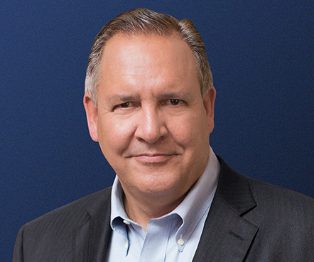
Greg Hayes, CEO, Raytheon Technologies: That posed a unique challenge as we brought Raytheon Technologies together. That was the aerospace businesses out of UTC and then the Raytheon business. It all happened on April 3, and we had been working from home to do the merger and to do the spins. To this day, I have yet to have a staff meeting in person, I’ve yet to have a board of directors meeting in person. I have been out to some of the facilities just to try to introduce myself all with proper social distancing and masks and all that.
The culture has been a challenge. I give our people credit. When we brought the companies together, we had 5,000 people working from home. Within two weeks, we had 100,000 people working from home, and we figured it out. We’ve actually have been able to hire 5,000 college graduates this year doing all the work remotely. We’ve had 3,000 interns come into the company over the course of the summer, all working remotely. We all understand our mission because we’re a defense company. VOD doesn’t sleep, our customers don’t sleep, we have to be there all the time.
So, again, the mission is easy for our people to understand whether it’s servicing jet engines or commercial airlines or servicing radars. When we brought the companies together, laying out the mission was the easy part. We had daily Covid calls for months because I had 3,000 people who got sick out of the 200,000. We worked at it, but at the end of the day, I didn’t have to direct people to do things. I said, “Let’s think about this. Go figure it out.” And I gotta tell you, kudos to the team because, again, having 100,000 people working from home, our productivity over the last seven months has actually been better on the work-from-home crowd than it has been historically when people were coming into the office.
People are putting in more hours because they’re not commuting. We measure productivity by the number of hours you charge on a job to get a program done. And all those productivity metrics are up because people are more focused. But the number of patent applications within our portfolio is down by over 50 percent this year. So, we’re getting work done, but we’re not getting innovation done because we’re not collaborating as well. And I think we will keep doing this for another year probably. My question to the group is how do we work better to get people to collaborate and innovate in a digital world? That’s something we haven’t quite figured out yet.
FEAR FACTORS
Krishna: Of the two populations that we declared essential back in March, one was our front-line or plant workers, and the other was our most extreme research employees because I was dead afraid that if they couldn’t get together in person, that deep innovation pipeline that does materials, science, quantum computing and mainframe processes, etc., would not be able to function. We had to give them safety. So, we did checks every week, and we’ve had zero cases in that population so far. But my fear is that we are living on social capital. Brian made the point that when new people come on in, they haven’t accumulated the social capital with their peers and with others. Maybe it’s an overused term, but I’ll use it because it kind of makes the point.
So, in about six months or one year, we can have a discussion. You can live off your prior social capital and people will cross to you, people will use it, at some point, you run through it. I worry once you run out of all the things you accumulated, how do you create that? That’s why I go back to maybe we won’t bring people in for 50 hours a week into the office, maybe they’ll come in for 10 hours a week, juice up some ideas and go back and work on it remotely. For certain marketing functions, for deep R&D functions, certain client-facing functions, you need that creative spark of being together, I’ll call it serendipity. We build off of each other. It really does get people’s mental juices flowing. So, that’s the way we are looking at it. I don’t have a perfect answer.
Hayes: The folks that we have working on classified programs, about 12,000 engineers, actually do come into the office every day because you can’t work on classified work at home. There’s just no secure way to do that. There, we have not seen the productivity drop off the way we have on some of the non-classified work. But I am fearful if we don’t figure out a way to bring the, I call them the kids, along and socialize them into the culture, in a year or two, it’s gonna be too late. I have personally been doing a video every two weeks, no more than 5 or 10 minutes that I send out to every single employee. I always include my email address, and it’s amazing the response you get with just those few minutes.
That type of connection is absolutely essential. But it’s also important for those people working from home that their supervisors reach out and talk to them, not just on Zoom about the day’s meetings but that personal interaction, “How are you doing?” People are isolated, and we have seen a huge spike in the number of folks taking advantage of our employee assistance program. I expect we’re not alone in that.
Moynihan: Colleagues from Teladoc and other healthcare providers here admit the usage has gone up, and I think it’s probably across the board. The numbers are getting staggering. These traditional barriers have now become real barriers and so on. I close every discussion with my team saying, “You know, you’ve got physical health but you also have mental health responsibilities.” As winter comes in the northern part of the country here, it’s gonna be 4:30 sundown, you know, a year into working from home, this is not going to be pleasant, and so we’ve got to help people.
Griffith: And that’s exacerbated with people of color. So, you see Covid is one thing, and then all the things happen with George Floyd and Breonna Taylor. So, people are feeling just really isolated. In new-hire classes, I sit looking into a camera, not at them, but they get to ask questions. And if you put your email out there, you get a lot of feedback, good, bad, indifferent, but at least people are open. I’d rather have people challenge me on things I say so I can have that conversation so we all get educated. And it’s very time consuming, and sometimes I feel like I’m not moving the company forward, but I think I am, it’s just in a different way.
McLenaghan: One of the things we’ve embraced a little bit with my senior leadership team is what we call teams-bomb meetings. We know from our executive assistance which collaborative meetings are going on, not just a sales group meeting or an operations meeting, but where there’s cross collaboration, and we just show up. People get to know now that members of the leadership team may just show up at a meeting that is promoting collaboration, and it’s not to mess up the meeting, it’s to show that we’re very supportive of it and to find out how they are getting on.
But if we Teams bomb a meeting, people say, “Wow, the CEO just appeared.” We may not feel that way, but they do, and it’s a way to engage that human side, which I don’t think you can do as easily away from this environment. This is a chance for me to Teams-bomb a meeting in India and a meeting in China and a meeting in Faribault, Minnesota, all on the same day. This is a wonderful opportunity. So, we’ve started to exploit that human side of Teams.
Krishna: Collectively, what we all have said is digitalization, cloud, AI, IoT, all of this is now a necessity of how we interact with our end customers. Even those of us that are in B2B or enterprise companies who sell to other enterprises, they, in turn, sell to their end users. That’s one. Two, how we interact with our employees is becoming critical while we are remote, and I think we are all acknowledging the state is gonna go on for another year or two, at least. So, you bring those two together, and how do you begin to make sufficient progress on all those elements? Which things do you consider more important? How do you move the organization forward?
Nick said, a CEO’s job is belief. We’ve got to have a North Star we all believe in, we’ve all used the word purpose in here. If you have your North Star or the vector you’re going in on the business, you decide how you’re going to do it, you got to bring everyone along on that journey, you’ve got to use technology as the vehicle through which you do it because I don’t think we have another tool for that. And you’ve got to do it with a real understanding of the environment they’re in. They’re remote, some of them are disaffected; there are all these elements coming into the play. It’s all real. We’ve got to take all this into account and use technology as a way to mitigate these ills.



